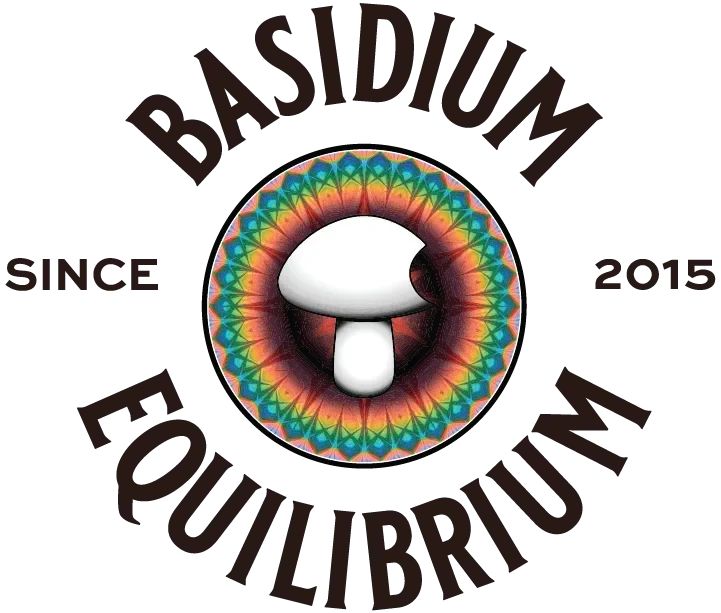“San Bernard Spore Print” has been added to your cart.
View cart
Showing 33–47 of 47 results
-
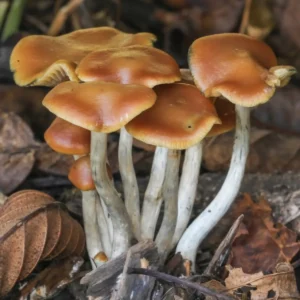
$30.00
Psilocybe cyanescens, commonly known as the Wavy Cap, is a captivating mushroom species celebrated for its distinctive wavy-edged cap and potent properties. This species thrives in temperate regions, particularly in the Pacific Northwest of the United States, and is typically found during the autumn months.
-
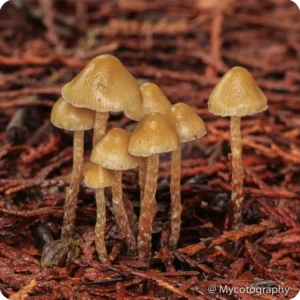
$30.00
Psilocybe Pelliculosa Wild Spore Print | Pacific Northwest Woodlover
Psilocybe Pelliculosa Wild Spore Print is a rare wood-loving species native to the Pacific Northwest. Primarily found in Washington, Oregon, and British Columbia. This species thrives in coniferous forests, particularly in areas with disturbed soil, such as paths and roadsides.
-
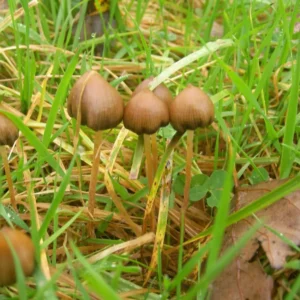
$30.00
Psilocybe semilanceata, commonly known as the Liberty Cap, is a renowned psilocybin-containing mushroom celebrated for its distinctive appearance and widespread presence in temperate regions. This species is notable for its potency and unique morphology, making it a subject of interest for mycological research and microscopy studies.
-
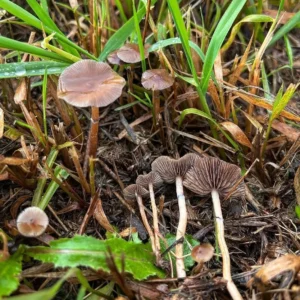
$30.00
Psilocybe stuntzii, affectionately known as Stuntz’s Blue Legs or Blue Ringers, is a psilocybin-containing mushroomnamed in honor of mycologist Daniel Stuntz from the University of Washington. First identified on the university’s campus, this species is a member of the Hymenogastraceae family and is notable for its distinctive blue-staining characteristics upon handling or with age.
-
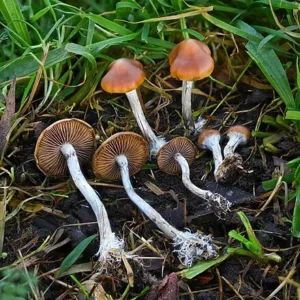
$30.00
Psilocybe Subaeruginosa Wild Spore Print
Psilocybe subaeruginosa is a highly distinctive wood-loving species belonging to the Hymenogastraceae family. Found primarily in Australia and New Zealand, this species thrives in wood chips & mulch particularly within eucalyptus forests.
-
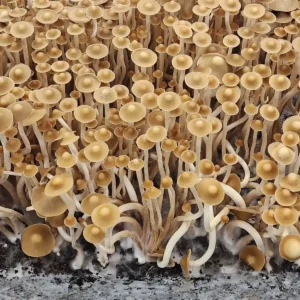
$30.00
Psilocybe Subtropicalis – Semperviva Spore Print
- Rare and Historically Significant – First documented in 1958 and later reclassified in 1995 by leading mycologists.
- Microscopy Features – Produces purple spores, measuring approximately 4 x 8 micrometers. Best viewed under microscopes and magnification equipment.
-
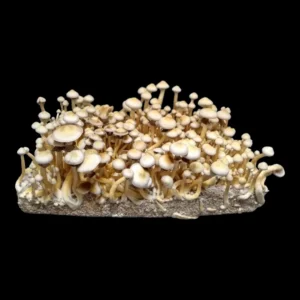
$30.00
The Rusty White strain is a one-of-a-kind leucistic Psilocybe Cubensis variety, producing rust-colored spores, an uncommon trait among Cubensis strains. Its bronze-to-white fruit bodies and rust-toned spore print make it a striking subject for microscopy and genetic study.
-
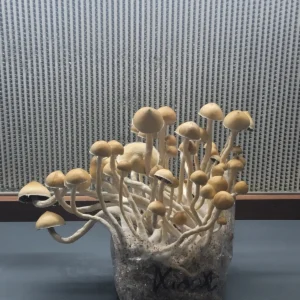
$30.00
San Bernard is a wild Psilocybe Cubensis strain discovered in Bernard, Texas, in 2022. Found by an experienced forager, this strain represents a true landrace variety, with its spores being first-generation from the wild. Its natural resilience and wild genetic lineage make it a compelling subject for mycological research and microscopy study.
-
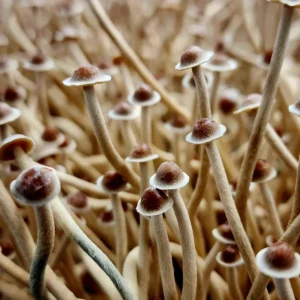
$30.00
Tampanensis was originally collected in the wild in a sandy meadow near Tampa, Florida in 1977, the fungus would not be found in Florida again for decades.
-
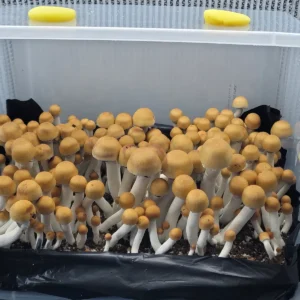
$45.00
Texas Yellow Cap Glass Slide
Strain origin – Texas Yellow Cap originates in south Texas outside of Corpus Christi. Texas is a known for its high population of Cubensis mushrooms near coast humidity and plenty of cattle lands, the state provides perfect environment for wild mushrooms to thrive in the wild.
-
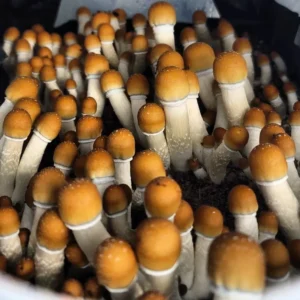
$30.00
Texas Yellow Cap (TYC) is a unique Psilocybe cubensis variety that originated in South Texas near Corpus Christi. The region’s humid coastal climate and expansive cattle lands provide the perfect conditions for wild Cubensis to thrive. While Texas Yellow Cap never gained widespread recognition, it remains a highly admired variety. Its rich golden caps make it stand out among other Cubensis strains.
-
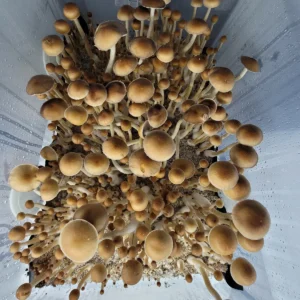
Rated 5.00 out of 5
$30.00
Discovered in 2020 by ITW, this wild Florida Psilocybe cubensis strain Tosohatchee Spore Print was later domesticated through a dedicated landrace project by Basidium Equilibrium. Named after the Tosohatchee Wildlife Area, where it was originally found. This aggressive-growing variety displays unique morphological traits that set it apart from standard Ps. cubensis strains. This genetic was originally released in collaboration between ITW & the Basidium Equilibrium team in late 2020.
-
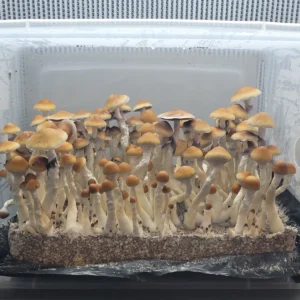
Rated 5.00 out of 5
$30.00
VDR, originally named Vader, is a Basidium Equilibrium original genetic, created by crossing Melmac with OB1 Blue Meanie. This powerful hybrid strain produces exceptionally large fruiting bodies, maintaining the dense structure of Melmac while incorporating the vigor of OB1 Blue Meanie.
-
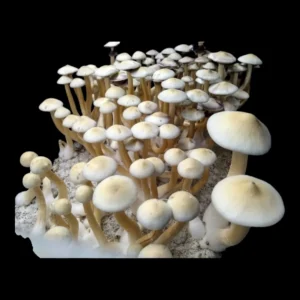
Rated 5.00 out of 5
$30.00
White Golden Teacher (WGT) emerged as a captivating leucistic variation of mushroom; Originating from a Golden Teacher mushroom cultivation that dates back to 2015.
-
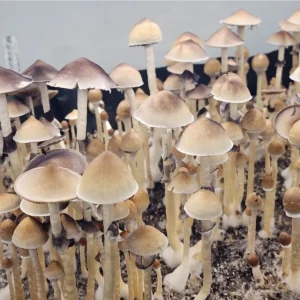
Rated 5.00 out of 5
$25.00
In 2024, a rare and untouched Psilocybe cubensis landrace was discovered near a farm just outside of Xalapa, Mexico. This specimen was wild-foraged by our friend and fellow mycologist Toltec, a devoted explorer of Mexico’s sacred fungi traditions.
✦ Authentic wild landrace collected in 2024
✦ Origin: Xalapa, Veracruz, Mexico
✦ Rare opportunity to study untamed cubensis genetics
✦ Directly sourced by a trusted collector in the field
